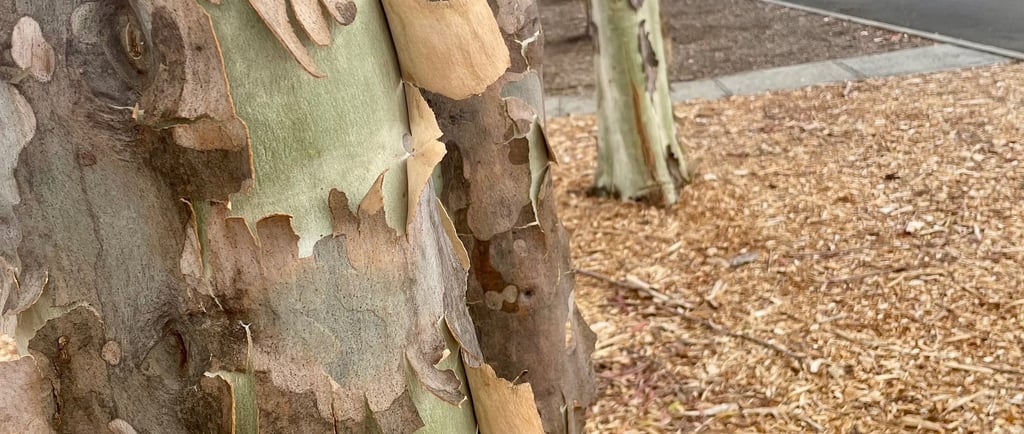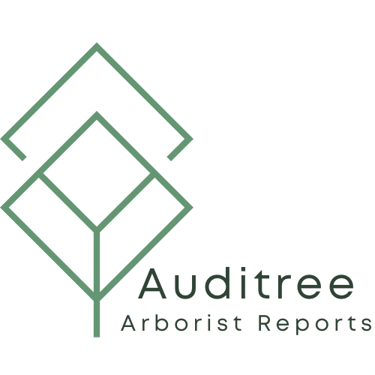Alternative Design Measures Councils Love to See
Discover design alternatives that protect trees and boost planning approval chances. Essential for developers and designers.
2/16/20252 min read


Arboriculture & Development.
When it comes to property development and construction, securing planning approval hinges on finding the right balance between project goals and council requirements. A key factor influencing approval is the impact of construction on existing trees. Councils are increasingly focused on tree preservation, making it essential for developers, architects, draftsmen, designers, and homeowners to consider alternative design measures.
Sensitive Tree Protection to Ensure Planning Approval
Using the Australian Standard AS 4970-2009, Protection of Trees on Development Sites, as a guide, it’s possible to design projects that respect tree protection requirements without compromising on functionality or design intent. This standard outlines practical solutions for working around trees, which can ultimately increase the likelihood of planning approval.
Key Concepts from AS 4970-2009
Tree Protection Zones (TPZs): An area around a tree, calculated based on diameter at breast height (DBH), designed to protect the tree’s roots and canopy during construction.
Structural Root Zones (SRZs): A critical area for a tree’s stability. Any disturbance within this zone can affect the tree’s structural integrity.
Check out our TPZ Calculator for easy measurements.
Design and Construction Alternatives to Minimise Tree Impact
Incorporating the following construction techniques can reduce tree impact, ensuring a smoother planning approval process:
Pier and Beam Foundations: Elevating the structure on piers reduces soil disturbance within TPZs, protecting root systems while maintaining design flexibility.
Suspended Slabs: By supporting the building above ground, suspended slabs limit excavation within TPZs, preserving the existing soil and roots.
Cantilevered Building Sections: Overhanging sections minimise the building’s footprint within sensitive areas, reducing the impact on underlying roots.
Screw Piles and Contiguous Piling: These foundation methods involve minimal excavation, making them suitable for construction near existing trees without compromising their stability.
Boring for Service Installation: Horizontal boring for utilities is a less invasive alternative to trenching, protecting root systems within TPZs.
The Role of Arborist Reports and Impact Assessments
Engaging a qualified arborist early in the design phase (pre-design) is crucial. An arborist report and impact assessment provide a clear understanding of existing trees and how to work around them. These reports outline tree health, significance, and protection measures, helping to integrate tree protection into the project design from the start. This proactive approach simplifies council negotiations and enhances the likelihood of approval.
Designing for Approval and Client Satisfaction
For developers, architects, draftsmen, designers, and homeowners, balancing design aspirations with council requirements is key. By adopting alternative construction methods in line with AS 4970-2009, it’s possible to achieve a functional and visually appealing end product that satisfies both client expectations and council regulations.
These strategies not only increase the chances of planning approval but also streamline the development process, reducing potential delays and costs associated with non-compliance.
Get in touch with us to discuss integrating these alternative design measures. We can help projects move forward more efficiently, meeting the needs of all stakeholders involved.
© Auditree 2025. All rights reserved.


